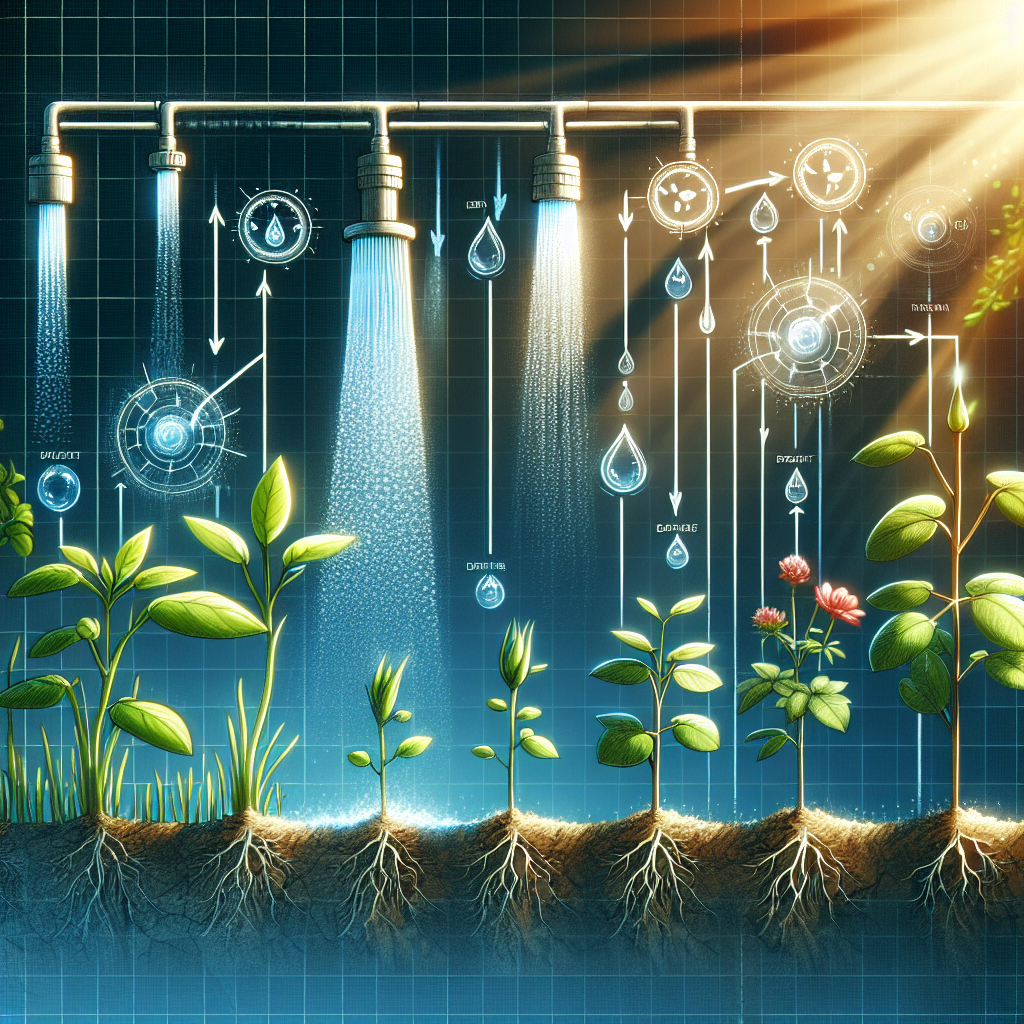Slow drip irrigation systems have become increasingly popular in recent years due to the numerous benefits they offer compared to traditional irrigation methods. This article will explore the advantages of using a slow drip irrigation system and why it is an environmentally-friendly and cost-effective option for both farmers and gardeners.
1. Conserves Water
One of the primary benefits of using a slow drip irrigation system is its water-saving capabilities. Unlike traditional sprinkler systems that can waste large amounts of water through evaporation and runoff, slow drip systems deliver water directly to the root zone of plants at a slow and steady rate. This ensures that water is used efficiently and effectively, reducing water waste and promoting healthier plant growth.
2. Prevents Soil Erosion
Traditional irrigation methods can lead to soil erosion due to the forceful flow of water over the surface of the soil. Slow drip irrigation systems minimize soil erosion by delivering water directly to the root zone of plants without disturbing the soil structure. This helps to maintain soil health and fertility while also preventing runoff that can carry pollutants into nearby water sources.
3. Promotes Healthy Plant Growth
Slow drip irrigation systems provide plants with a consistent supply of water, which is essential for healthy growth and development. By delivering water directly to the root zone, plants are able to absorb nutrients more effectively, resulting in stronger roots, increased yields, and overall better plant health. Additionally, slow drip systems help to avoid overwatering or underwatering, which can lead to stress and disease in plants.
4. Reduces Weed Growth
Weeds thrive in moist environments, making traditional overhead sprinkler systems a breeding ground for unwanted plant growth. Slow drip irrigation systems minimize weed growth by delivering water only where it is needed – at the base of plants. By reducing moisture on the surface of the soil, weeds are less likely to germinate and spread throughout your garden or farm.
5. Saves Time and Labor
Compared to hand watering or manual sprinkler systems, slow drip irrigation systems require minimal maintenance once installed. These systems can be automated with timers or sensors to deliver precise amounts of water at specific times, eliminating the need for constant monitoring or manual watering. This saves time and labor for farmers and gardeners, allowing them to focus on other tasks while ensuring that their plants receive optimal hydration.
6. Improves Nutrient Absorption
Slow drip irrigation systems not only conserve water but also help plants absorb nutrients more effectively. By delivering water directly to the root zone where nutrients are most needed, plants are able to uptake essential minerals more efficiently, leading to improved growth and productivity. This results in healthier plants with increased resistance to pests and diseases.
7. Environmentally-Friendly
In addition to conserving water, slow drip irrigation systems are environmentally-friendly in other ways as well. These systems reduce energy consumption by eliminating the need for high-powered pumps or sprinklers typically used in traditional irrigation methods. By using gravity-fed pressure or low-flow emitters, slow drip systems operate at a lower pressure level, saving energy costs while also reducing carbon emissions.
In conclusion, slow drip irrigation systems offer numerous benefits for farmers and gardeners looking for an efficient, cost-effective, and sustainable way to irrigate their crops or gardens. From conserving water and preventing soil erosion to promoting healthy plant growth and saving time and labor – there are many reasons why slow drip systems have become a preferred choice for those seeking an environmentally-friendly solution for watering their plants.
As we continue to face challenges related to climate change and dwindling freshwater resources, incorporating sustainable practices such as slow drip irrigation will play an increasingly important role in ensuring food security while protecting our environment for future generations.
Overall, investing in a slow drip irrigation system is not only beneficial for your plants but also for our planet – making it a win-win solution for all stakeholders involved in agriculture or gardening activities.













